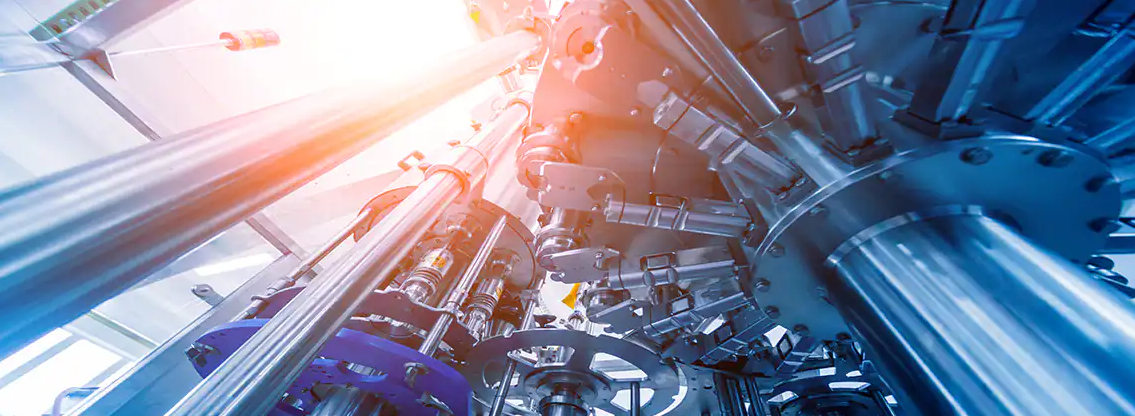Designing a high-quality die casting mold is critical for producing precise and high-quality parts that meet the specific requirements of a product. The mold design process involves several steps, including analyzing the part geometry, selecting the appropriate materials, and determining the optimal casting process. In this article, we will explore some of the essential considerations in designing a high-quality die casting mold.
The first step in designing a die casting mold is to analyze the part geometry. This involves examining the dimensions, tolerances, and features of the part and determining how it will be cast. The geometry of the part will dictate the mold size, shape, and features, such as the number of cavities required.
Once the part geometry has been analyzed, the next step is to select the appropriate materials for the mold. The material selection will depend on various factors such as the casting temperature, the number of cycles, and the desired level of wear resistance. Common materials used for die casting molds include H13, P20, and 420 SS.
The third step is to determine the optimal casting process. This involves selecting the appropriate casting method based on the part geometry and the desired level of precision. Common casting methods include hot chamber and cold chamber casting.
After the mold design has been completed, the next step is to validate the design through simulation software. Simulation software allows designers to test various scenarios and identify potential issues before the mold is manufactured. This helps to minimize the risk of costly design errors and ensure that the mold will produce high-quality parts.
Another critical consideration in designing a high-quality die casting mold is the cooling system. The cooling system must be designed to facilitate efficient cooling and ensure that the part cools uniformly. Uneven cooling can lead to warping or distortion of the part, which can result in rejected parts and increased production costs.
Finally, the mold must be manufactured to exacting standards to ensure that it meets the design specifications. The mold must be machined to tight tolerances, and the surface finish must be smooth to prevent unwanted surface defects on the cast part.
In conclusion, designing a high-quality die casting mold is a complex process that requires careful consideration of various factors. The mold must be designed to accommodate the part geometry, selected materials, and casting process. Additionally, the cooling system must be designed to ensure efficient cooling, and the mold must be manufactured to exacting standards. By following these essential considerations, designers can create molds that produce precise and high-quality parts that meet the specific needs of a product.

-

- Magnesium alloy die-casting Auto parts RDM housing
-

- Magnesium alloy die-casting LED display frame
-

- OEM high pressure die casting magnesium alloy wheel for e-bike
-

- Magnesium alloy die-casting wheel for ebike
-

- Magnesium Aluminum Alloy Children Bike 3-8 Years Old Cheap Hot Sale 14 Inch Children Bicycle FOREVER Wholesale 2022
-

- OEM high pressure die casting magnesium alloy frame for bicycle

 0086-750-5616188
0086-750-5616188 +86 13392089688
+86 13392089688 sales@zhongmei-tech.com
sales@zhongmei-tech.com






